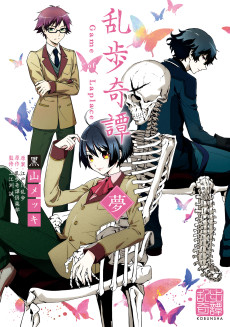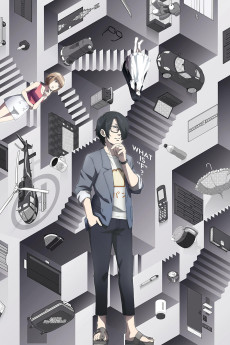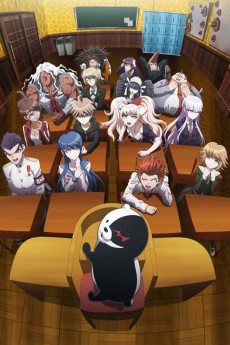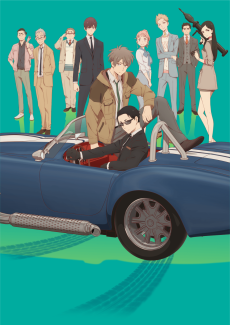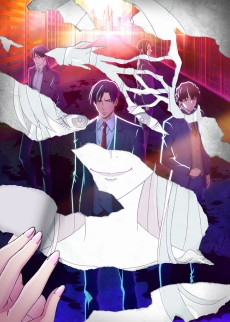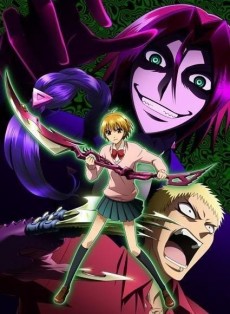RANPO KITAN: GAME OF LAPLACE
STATUS
COMPLETE
EPISODES
11
RELEASE
September 18, 2015
LENGTH
24 min
DESCRIPTION
Inspired by the works of author Edogawa Ranpo: When several murders at a middle school attract the attention of genius detective, Akechi, a student named Kobayashi volunteers to help with his investigation.
(Source: FUNimation)
CAST
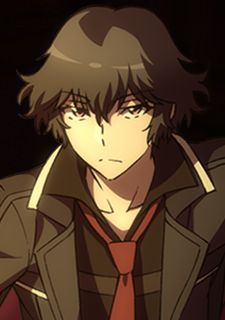
Kogorou Akechi
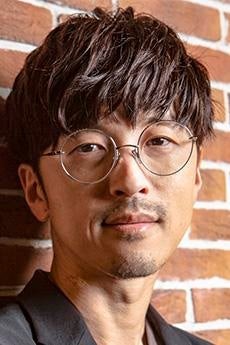
Takahiro Sakurai

Kobayashi
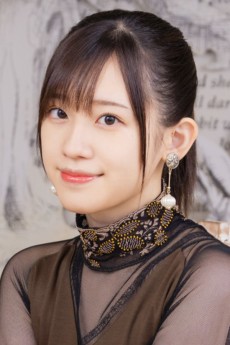
Rie Takahashi

Hashiba
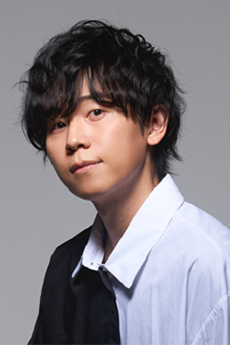
Daiki Yamashita
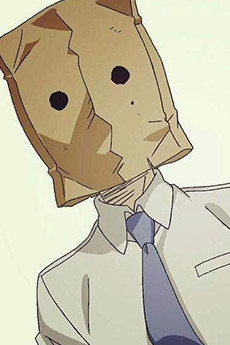
Kage Otoko
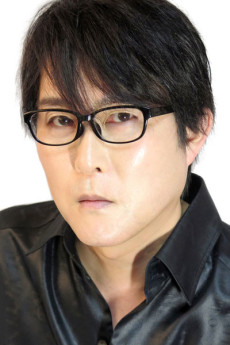
Takehito Koyasu
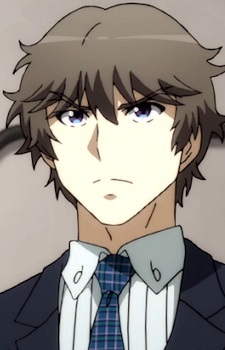
Keisuke Kagami
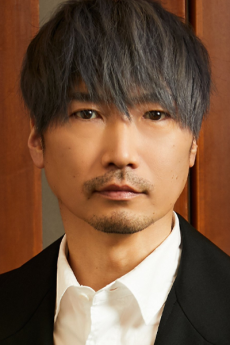
Katsuyuki Konishi
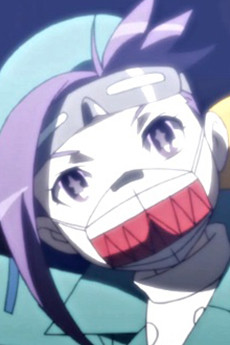
Minami
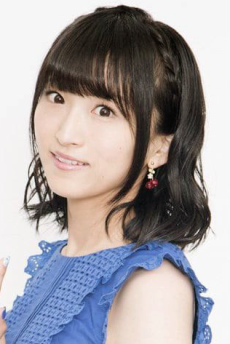
Saki Fujita
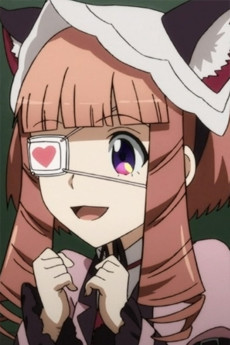
Hanabishi
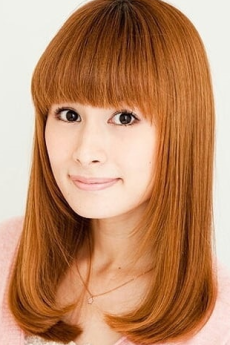
Mai Nakahara
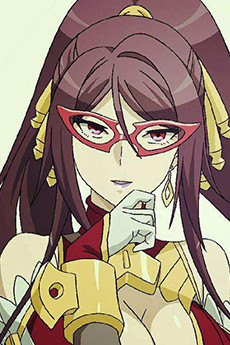
Kuro Tokage

Youko Hikasa
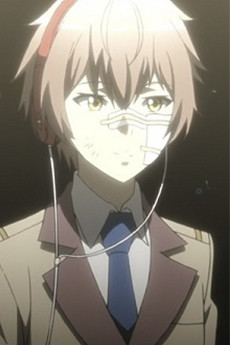
Namikoshi
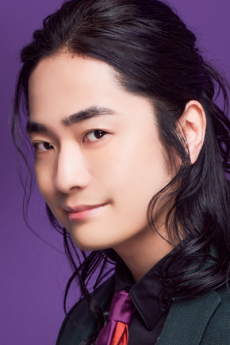
Jun Fukuyama
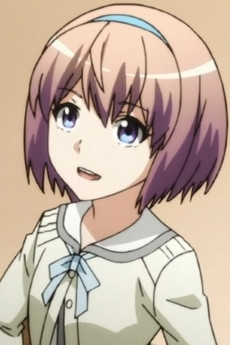
Tokiko

Megumi Toyoguchi
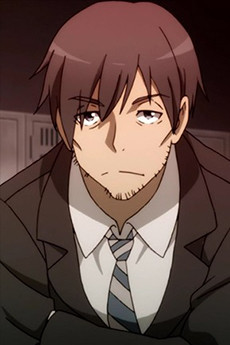
Nakamura
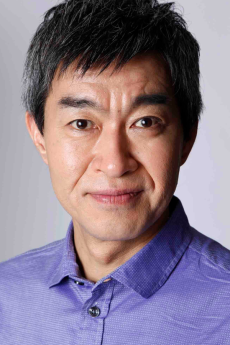
Choo
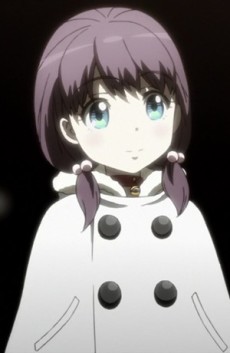
Sachiko Oosone

Ayuru Ohashi
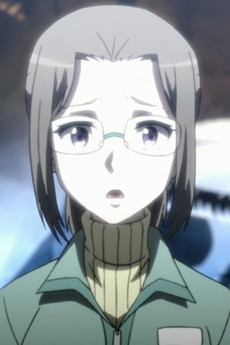
Chiyoko Higashikouji
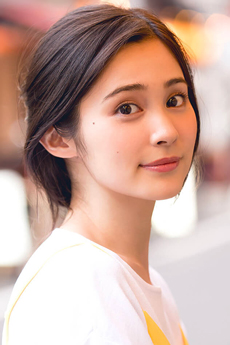
Mao Ichimichi
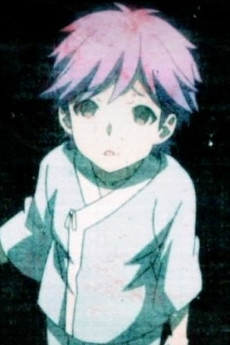
Minami no Otouto
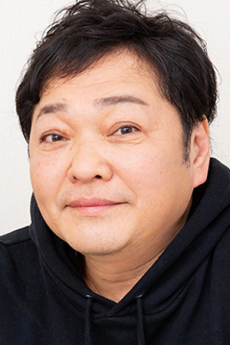
Kappei Yamaguchi
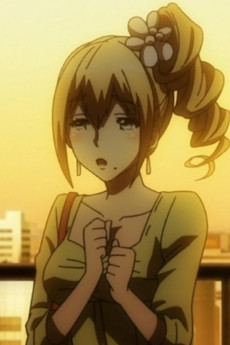
Hahaoya
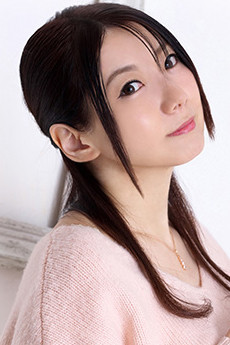
Hitomi Harada
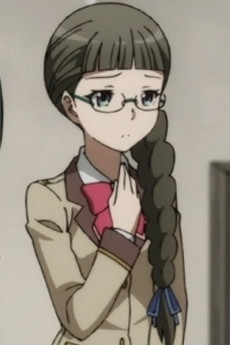
Hoshino

Sayuri Yahagi
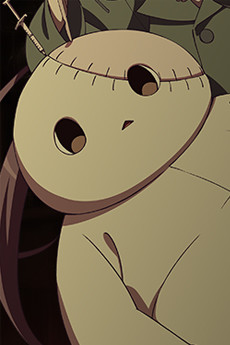
Shitai-kun

Kappei Yamaguchi
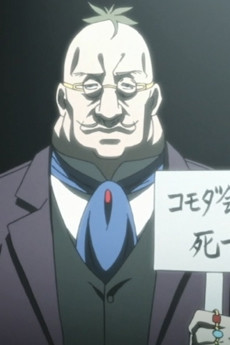
Genzaburou Komoda

Kazuya Ichijou
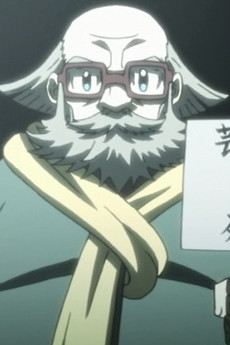
Hirosuke Hitomi
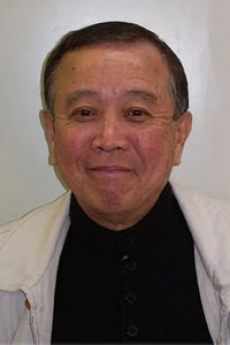
Hiroshi Ootake
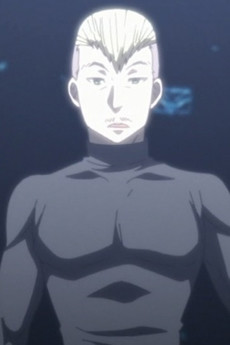
Kitami
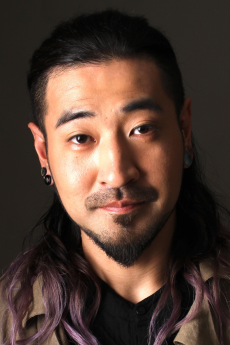
Ryouta Takeuchi
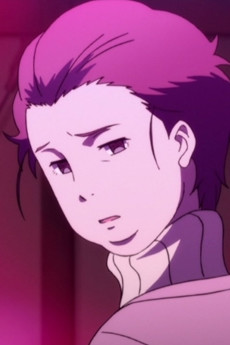
Watanuki no Haha

Kaori Nakamura
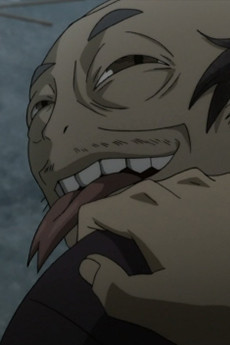
Sunaga

Atsushi Imaruoka
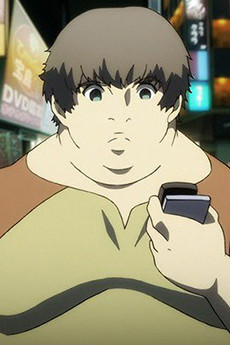
Watanuki
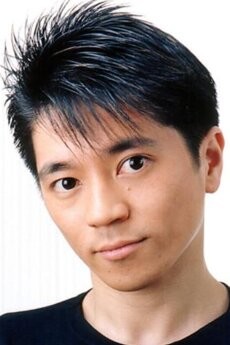
Akio Suyama
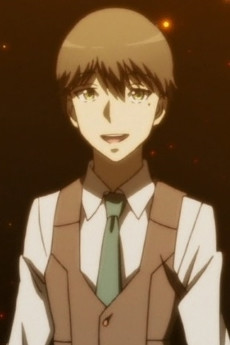
Tannin Kyoushi
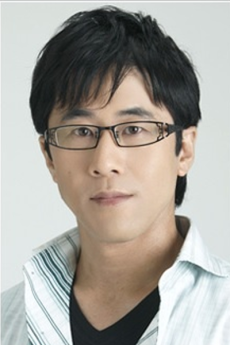
Masayuki Katou
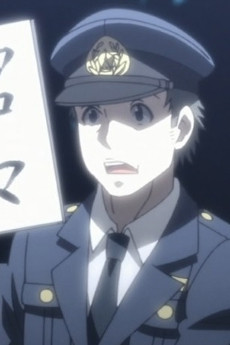
Miyama
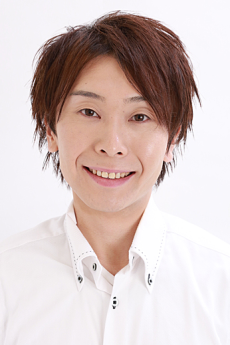
Shunsuke Kawabe
EPISODES
Dubbed
RELATED TO RANPO KITAN: GAME OF LAPLACE
REVIEWS

TheGruesomeGoblin
25/100A complete farce loosely based off of Edogawa Ranpo's works.Continue on AniList"This world we live in is a dream. The dream we have at night is, in fact, the true world." ...No, it's not? I know you're going for something that sounds deep or insightful but maybe we can just calm down for a second?

...Oh. Oh no.
(For a laugh while simultaneously unaware of what this show was, I jotted down my general thoughts as I progressed throughout each episode. I'll include some of these quotes here and there.)
Introduction
"This show's already giving me a headache. A brutal murder happened and I'm the suspected murderer! Fun! I'm going to become a detective's assistant!" ~Thoughts from episode 1.
This anime was meant to commemorate the 50th anniversary of the mystery author Edogawa Ranpo's death. The anime itself is loosely based on Edogawa's stories. Loosely. I've never read any of his works so I have no way of confirming or denying if this was a faithful representation of them. But given how absolutely absurd everything in this show is... I'm just going to give him the benefit of the doubt and assume his stories are better than this. But who knows? Maybe he DID have a minor morgue side character whose segments are completely insane and hilarious that they don't even feel like a part of this show. Maybe he DID have an imprisoned sadist/masochist master thief character. Maybe he DID have a character who wears a paper bag over his head and can magically disguise himself as anyone. I'd be interested in finding out, actually.
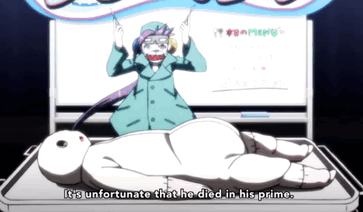
Okay, hands down, the morgue character/medical assistant is genuinely the best part of the show. It's not like she commonly actually interacts with or are shown with the main characters though, so it feels like her sequences are pulled straight from a completely different show.
Characters
"How are you capable of smiling in this situation you woke up in front of a gory corpse which they think you are responsible for aren't you just a goddamned high school student or something?" ~Thoughts from episode 1.
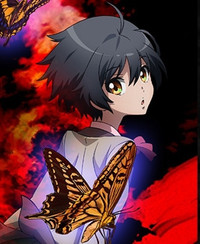
This is our protagonist, Yoshio Kobayashi. He's a middle schooler who one day wakes up in his classroom in front of his brutally murdered teacher. Basically, his whole thing is that he's a sociopath. His whole role in the show is to say "Fun!" and smile. All we really know about Kobayashi is that prior to the start of the show, he's been finding life boring. We need a little bit more than that to be able to understand why a middle schooler would still be smiling when he's believed to have brutally murdered his home room teacher. He just happily agrees to dress up as a girl to be kidnapped by this serial killer who kidnaps little girls and then crushes up the ones who doesn't want to be a part of his "family" and then turns them into cement walls. Eventually, there's a point in the show where he leaps off of a building to commit suicide because somebody just tells him to. Could argue he was being forced to do this, but he didn't look or sound unhappy about probably jumping to his certain death.

Our real protagonist is this fellow, Kogorou Akechi. He's the actual detective character and unfortunately ends up with the strange Koayashi as his "assistant". He's so good at being a detective that he doesn't have to go to school anymore, but by like episode three, he's been shown doing nothing but crushing up pills, taking those pills, and drinking coffee. He's the sort of character who will put on a record of some really melancholic sounding music and then throw a line like this at you: "No matter how much medicine I take, the pain doesn't go away...". But then in episode three I guess they realized that they couldn't just have Kobayashi and his friend carry the show, so Akechi is the one who confronts the "cement wall murderer". By confronts, I mean he outright starts to fight this tall fat man who abducts and murders little girls. He later has a cast on because he apparently hurt himself punching and kicking the man's fat (???).
He takes pills, drinks coffee, is a genius, and can fight. He's a detective!
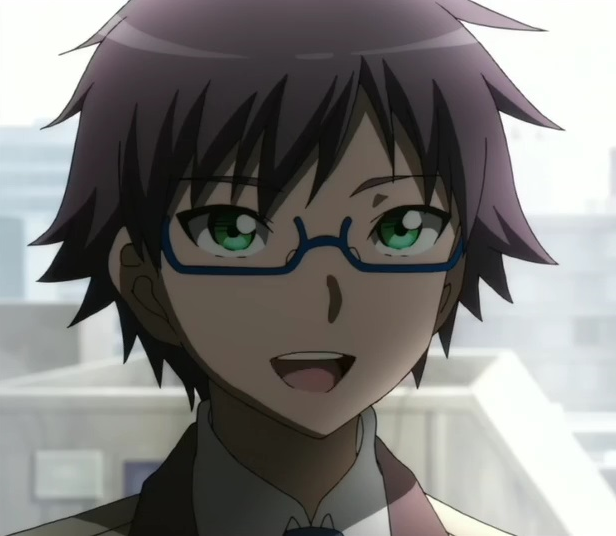
There's also Souji Hashiba, Kobayashi's friend. His purpose in the show is to follow Kobayashi around wherever he goes basically saying what we're all thinking. "This is dangerous, not fun, why are you smiling? Getting abducted is a bad thing, and you probably shouldn't almost commit suicide because someone told you so." His whole character is "the voice of reason" to the extent that almost everything he says is annoying/groan worthy. Like yeah of course middle schoolers shouldn't go around trying to solve murders, we don't need an entire character dedicated to showing how messed up Kobayashi is. Eventually, he just starts pleading to Kobayashi over and over again for him to at least resume going to school.
"I'd rather investigate grisly murders than go to school because school is boring."

Absurdity for the Sake of Absurdity?
"AND THERE'S PAPER BAG MAN WITH A BOMB STRAPPED TO HIS CHEST FIVE MINUTES IN AND WE'RE ALREADY THERE." ~Thoughts from episode 6.
Love being the equivalent of being brutally killed and then being turned into a chair? Sure.
A fat man kidnapping girls and turning some into cement walls? Yeah.
An episode with the paper bag man having a bomb strapped to his chest, and then the introduction of a cat, a baby, and robbers being added to this already whacky situation? You bet.
An amusement park island with the theme of purposefully creepy horror mannequins? Why not!Weird nationwide conspiracy with the central message of "murdering evil people/committing suicide will make the world better somehow"? Woah, let's not get into the main plot just yet!

Everything in this show is absolutely absurd but there's certain points where it feels like as if it's "trying" to be taken seriously. Like if someone had told me that all of these things happened in this anime while having this overall main plot that they wanted people to take seriously (?), I wouldn't have believed them. If we had stuck with the chair or the cement wall murderers, I could have maybe seen a possible "for the laughs" argument that could be made.
Going over absolutely all of in excruciating detail would take hours, feel like easy pickings, and would probably the one reason I would maybe recommend giving this a watch (if you have absolutely nothing else better to do).
Chairs are easy targets, let's move on.

The Main Plot... Section Alternatively Titled "What?"
"Japanese illuminati is gonna get you THE ONLY WAY TO BETTER SOCIETY IS THROUGH MURDER." ~Thoughts from episode 9.
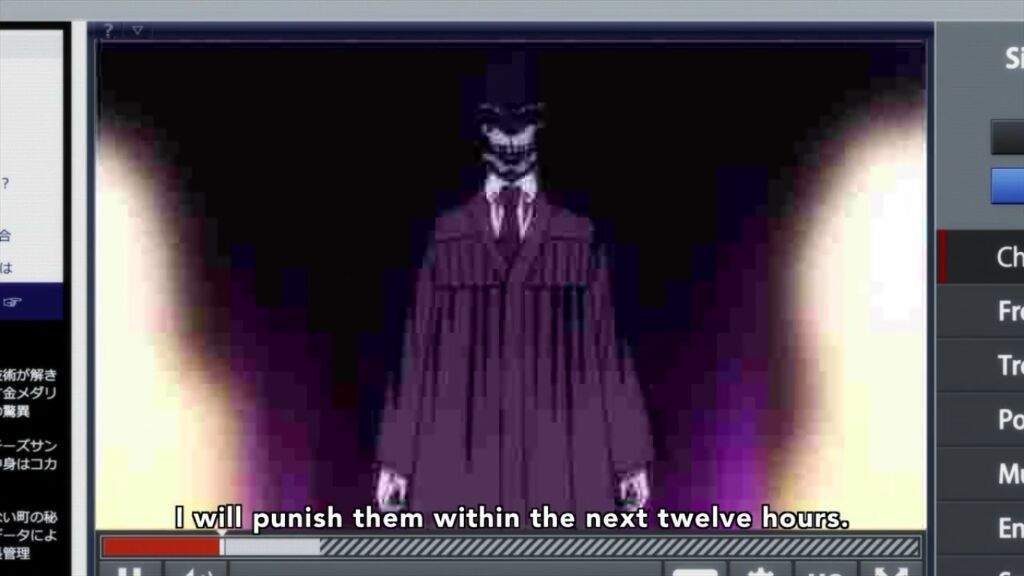
It's episode four where the main plot really starts "happening", I suppose. There's this fellow who wears a skull mask calling himself Twenty Faces. He's essentially a vigilante who announces his crimes via the internet beforehand and then murders murderers who are let out early or beat the system. But as it turns out, the original Twenty Faces died (via spontaneous combustion, no less), and this is just essentially the next of many in a line of copycats. Or so, that's what they thought.
In reality, this vigilante/murderer of other murderers has a pretty strong following and this only increases further as the show progresses. Akechi (the detective) and co. begin to try and stop the spread of Twenty Faces. Because you know, murdering a murderer is still... murder? Perhaps it's my overwhelming belief in humanity, but I don't think the response that would come from the majority of people is "okay let's go out there and murder the bad guys!".
Going any further is spoiler territory, but there are several flaws/problems I still wish to address. It'll spoil the entire plot though
(like anyone cares).
Conclusion...?
"...so that's it? THAT'S THE END?" ~Thoughts from episode 11.
...Yeah, it's bad. Annoying (downright infuriating sometimes) characters, absurdity purposefully pushed to the absolute max, and a strange, illogical, and faulty main plot that doesn't even really amount to anything in the end. I would recommend this only if you're looking for something bad to watch, or if you're the sort of person (like me I guess) who likes dissecting horrible schlock. I give it a score of 2.5 out of 10 or 25 out of 100 chairs.


AdmiralNyan
80/100A Whimsically Macabre Examination of Systemised SubjugationContinue on AniListRampo Kitan: Game of Laplace (乱歩奇譚 Game of Laplace) is an original seinen, mystery, psychological anime series that aired during the Summer 2015 season as a 50th anniversary tribute to Rampo Edogawa’s passing and centred on the author’s most well-known character, Akechi Kogorō, an eccentric, introverted and anti-social genius detective who works to solve highly difficult criminal cases, most of which are savage killings. One day when a student of a local middle-school is charged with murdering his teacher, Akechi is trusted with solving the case. In the process of unravelling the mystery behind this crime, the accused middle-schooler becomes infatuated with Akechi’s work and volunteers to become his apprentice.
In my First Impressions, I had spoken about how the set-up of the crime scene was something that I became immediately smitten with. This specific scene, for me, is the prime example of what makes Rampo Kitan such a brilliant homage to a masterful author and commentator of social justice in Japan during a time where the people were being oppressed by the government that had sworn to protect it. It’s a scene of pure macabre art. This horrific display of dismembered body parts arranged in a manner that is supposed to speak of meditation and peacefulness is a grand exhibition of Edogawa’s belief in multiple personalities or identities within a single human, as well as his gross mistrust of authorities.
In the first episode, the crime is one of passion and acceptance. The victim himself was someone who portrayed himself to be a decent teacher in the public eye, yet beneath it he was a person that was obsessed with beautiful bodies. The women that he loved and cherished, he would dismember and then reassemble as furniture. They became pieces in a gallery where he could appreciate them in rather intimate fashions. He took the physical manifestation of loveliness and from it fastened a whole new conception of body art. The person who killed him had wished for nothing more than to become a part of his affectionate collection yet was overcome with intense jealousy. In the end, he became his own art.
The message of this episode was all about how you can never truly know or understand any one human being; the heart’s desires can be dark, malevolent shadows to those who cannot comprehend the nature of it. It doesn’t necessarily make it evil or wrong, but misguided. Misguided is one of the many ways that you shall see government officials and cops being presented in Edogawa’s works. He uses everyday individuals, like this teacher, to depict that the people of a nation or state can become just as misguided as those who rule over them because they blindly place their faith in leadership and by the time they stand up to take back their power, they’ve already started to corrupt from the inside out. Hence the necessary creation of multiple personas.
A repeating theme that you’ll find in Rampo Kitan: Game of Laplace is one that presents itself via a character named Twenty Faces, who was Akechi’s archnemesis in Edogawa’s writings. In the anime, Twenty Faces represents the dichotomy of justice. They are a vigilante that hunts down criminals that the police were not able to apprehend for any number of reasons—usually incompetence—and wrests justice for the victims typically in the same exact manner in which they were brutalised. This form of radicalised due process is a retrospective on Edogawa’s ballsy and outwardly expressed belief that the saviour of the police force is always the people. Individuals who were fed-up with being betrayed and demoralised by the callousness of which the government perceived their citizens. It’s an exquisitely multi-dimensional examination of what subjugation via a systemised authority can do to the human spirit, especially as a collective.
These gloriously intelligent thematic elements and meticulous scrutinization of civil issues, that are still quite prevalent in many different parts of the world today, not only in Japan, is presented to the audience via outstandingly vivid and innovative virtual cinematography, which was a humongous driving force behind my near-obsessive desire to keep watching one episode after another after another. The unravelling of the mechanics behind how each crime was committed is engagingly cinematic with stage-play execution and colourfully charming characters, most of whom have a beautiful amount of sass and dry wit to them. Irrelevant characters are muted silhouettes until they become vital to the story (if they ever do). Akechi’s personal space has an eclectic décor that combines styles from 1920s speakeasys with 1960s beatnik flair. A corduroy couch and a classic, vinyl jukebox further helps to emphasise these minute detailed tossbacks to the eras of which Edogawa resided. The space is nearly packed with towering untidy stacks of books and case files as well and that reminded me of old school, black-and-white, noir detective films; facets that were a source of inspiration for Edogawa’s dive into the mystery-writing universe.
The colourfully unique collaboration of styles between the 20s and 60s can also be construed as an allegory for a period of Japanese history where strong cultural differences were starting to arise. You had the old and traditional versus the new and modernising (Westernising). People were split down the middle on whether they wanted to acclimate to match the people who had blown up their nation and thus their entire culturally social identity, or whether they wanted to hold on to what made them distinctly and undeniably Japanese. One choice meant foregoing the influx of outside pressures and choosing to remain attached and grasping at the pride of their identities; something that was also quite blatantly un-Buddhist-like because it also meant to remain in a state of suffering to varying degrees. The other looked forward towards an idyllic existence that had always been an anticipation of Utopia, and the reason behind the corruption that turned a ruler and government against its people. Which one is the answer? Which one is detrimental, and which one is salvation?
Even with the profusion of traits that I felt deeply connected and earnestly predisposed with, Rampo Kitan: Game of Laplace is not an anime that I would recommend to everyone. For example, I don’t recommend this to people who are unfamiliar with Edogawa Rampo’s works, morals, and beliefs. There are tons and tons of minute references and so many interwoven details from many of his works that come together to create the imperfect masterpiece that is this tribute series. For many unfamiliar viewers, it can all feel disjointed, untidy, theatrically over-the-top, and maybe even frustrating at the fast-paced execution of many of the individual arcs. It’s a challenging series to deconstruct when you don’t have any of the reference material to draw comprehension from. I’m not saying that everyone who’s unacquainted shall feel this way, but I have seen many folx who have hated this anime because they didn’t understand any of the references of materials that it draws from. The show is unforgiving in the way that is was crafted. It’s quite obvious that this was made especially for fans of Mr Rampo with little wiggle room in between. The juxtaposition of pacing, certain characters, and the events from the finale are a hot fucking mess to those without keen insight into them. (Admittedly, even with prior knowledge, the ending was a tad more rushed than I would have cared for it to be, and it makes the story as a single entity come off as frowzy by the end.) Additionally, there are many triggers for scenes that display suicide, physical abuse, and graphic deaths, to name a few.
With all of that being said, if you have read and enjoyed Edogawa Rampo’s works, then I believe this anime is fantastically worth an investment in. Yes, it is bizarre with its idiosyncratic animation style, weird yet at-times morbidly whimsical cases and characters, and marvellously flourishing motif, but it’s splendidly gratifying to watch. All of my favourite themes came to life and it was indescribably exhilarating to see. Each aspect of it’s production was one that brought me immense amounts of joy and worked to further heighten my already incredibly intense admiration and appreciation for what this man encapsulated.
8 canned coffees outta 10.
SIMILAR ANIMES YOU MAY LIKE
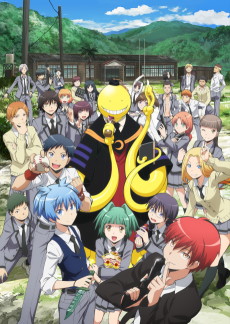 ANIME ActionAnsatsu Kyoushitsu
ANIME ActionAnsatsu Kyoushitsu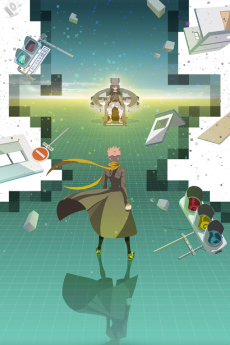 ANIME DramaID: INVADED
ANIME DramaID: INVADED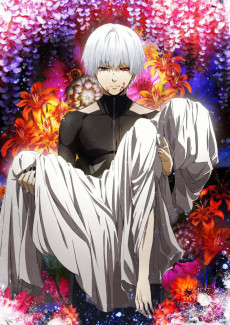 ANIME ActionTokyo Ghoul √A
ANIME ActionTokyo Ghoul √A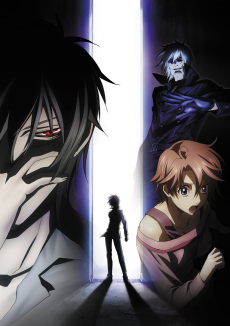 ANIME HorrorShinrei Tantei Yakumo
ANIME HorrorShinrei Tantei Yakumo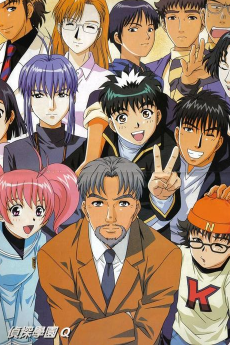 ANIME ComedyTantei Gakuen Q
ANIME ComedyTantei Gakuen Q
SCORE
- (3/5)
TRAILER
MORE INFO
Ended inSeptember 18, 2015
Main Studio Lerche
Favorited by 157 Users
Hashtag #乱歩奇譚


